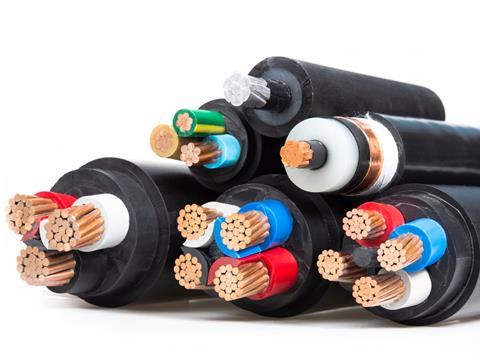
Female-led research project REFORM has received a combined €4.99 million through UKRI and the EU’s Horizon Europe funding programme in a bid to replace metal and copper wiring in electronic devices and increase sustainability in the functional electronics supply chain.
Instead of utilising metals, REFORM aims to print alternative, recyclable materials with bio-based conductive inks; a de-bondable, organic, and reversible adhesive can then be used to embed the wires into devices or secure them to surfaces. Such changes are expected to lower industrial demand for rare metals and cut down on the generation of e-waste.
Printed electronics have applications in packaging, retail, the healthcare and consumer electronics industries, and more, largely due to their lightweight and flexible designs. With the market for printed electronics expected to grow to over $19 billion by 2031, it is the opinion of research and development company Cidetec that REFORM could help EU Member States to reach the environmental goals laid out in the European Green Deal.
“Although typical devices contain limited amounts of metals and materials, they are produced on a massive scale,” explains Yolanda Alesanco from Cidetec. “It has been estimated, for example, that there are 16 billion mobile phones in the world.
“Each one of these devices contains non-renewable materials such as gold, copper, silver and palladium. Often, these metals are embedded in ways that make extracting or recycling them extremely difficult or uneconomic.
“To overcome this reality, we want to create an alternative means of constructing electronic components. Where instead of using rare metals in devices, we employ sustainable materials such as organic adhesives, bio-based conductive inks and recyclable flexible substrates.
“If we can achieve this, Europe will take the lead in this space. It will also enhance the continent’s commercial competitiveness and contribute to the ambitions outlined in the European Green Deal.”
“Printed electronics employ precise inkjet printing technology to create conductive channels on substrates,” adds Ana Viñuales, head of the Nanosurface Unit at Cidetec Surface Engineering. “Because the process is relatively easy to replicate, printed electronics are very cost-efficient. However, the industry has yet to make that process environmentally sustainable.
“We want to produce green-printed electronics that meet the needs of industry and society while consuming the least amount of resources possible. That is to say that we want to incorporate the principles of eco-design into the production of printed electronics. That is where the real innovation of this project lies.
“If we’re successful, we will progress green printed electronics from early-stage research to near-market-readiness by creating functional prototypes with known market demand.”
The project is set to run for 42 months and feature input from non-profits, academics, industry experts, and businesses from eight European countries. A networking and collaboration hub for participating experts known as the Green Functional Electronics Helix will be facilitated by Crowdhelix; its artificial intelligence capabilities are expected to enable collaborators to explore the project’s commercial applications.
“The REFORM project is an incredibly exciting undertaking,” says Crowdhelix CEO Michael Browne. “It brings together organisations that each have the capacity to drive the project forward in their respective specialism so that REFORM can deliver on its ambition.”
Amcor invested in PragmatIC Semiconductor last year to assist in its efforts to produce ‘ultra-low-cost’ printed flexible electronics. Around the same time, AIMPLAS joined the NEOREC project to retrieve recycled plastics from discarded wires, amongst other waste, and divert them from landfill.
This year, Panasonic’s BAYOFLEX thermoset stretchable film polymer substrate for printed electronics has claimed to offer such features as ultra-low permanent deformation, high-temperature resistance, conformability, and more.










No comments yet